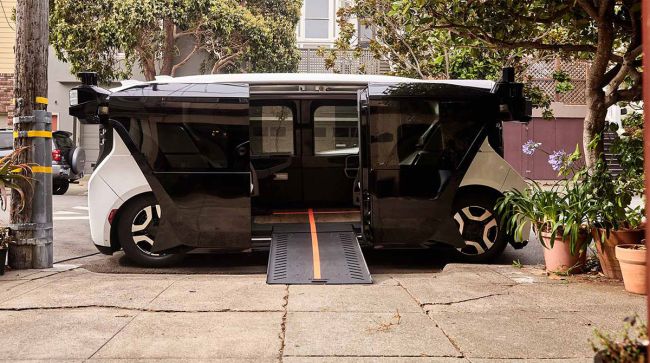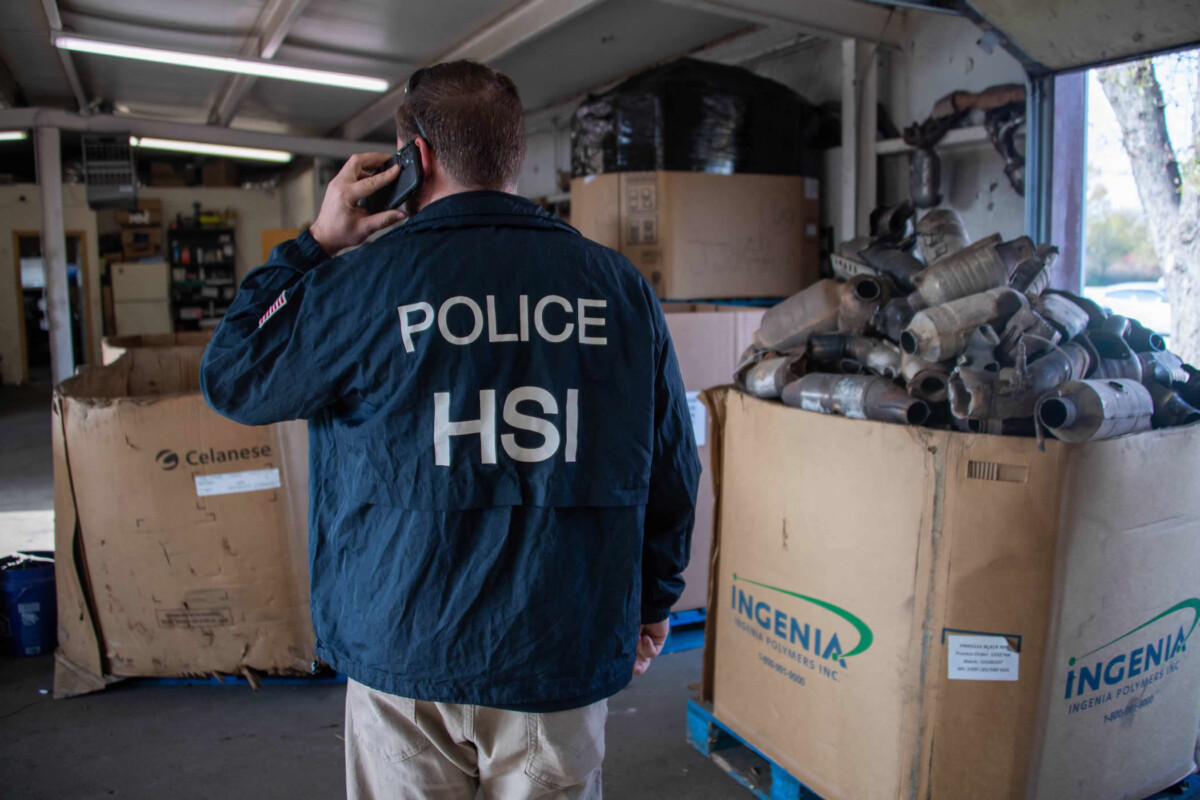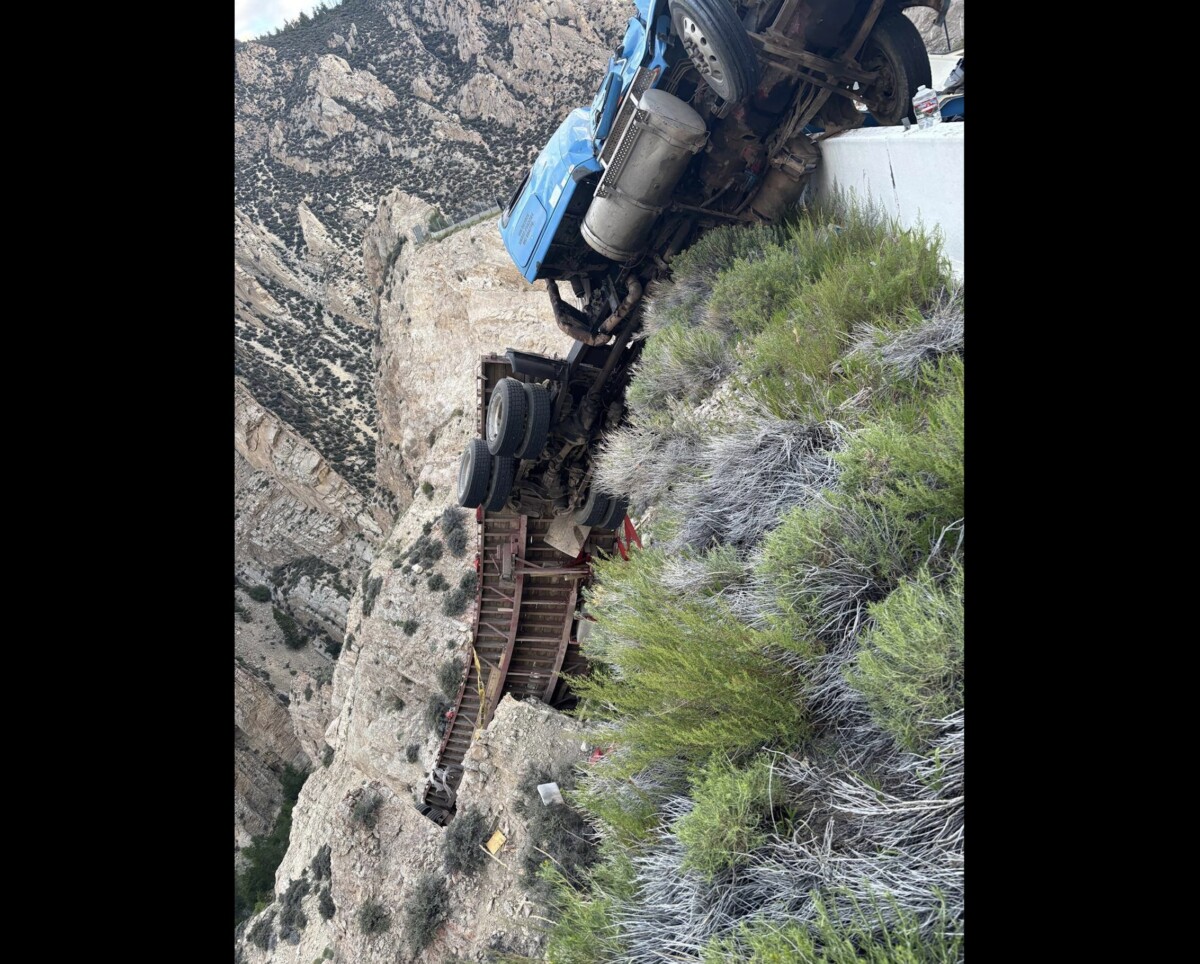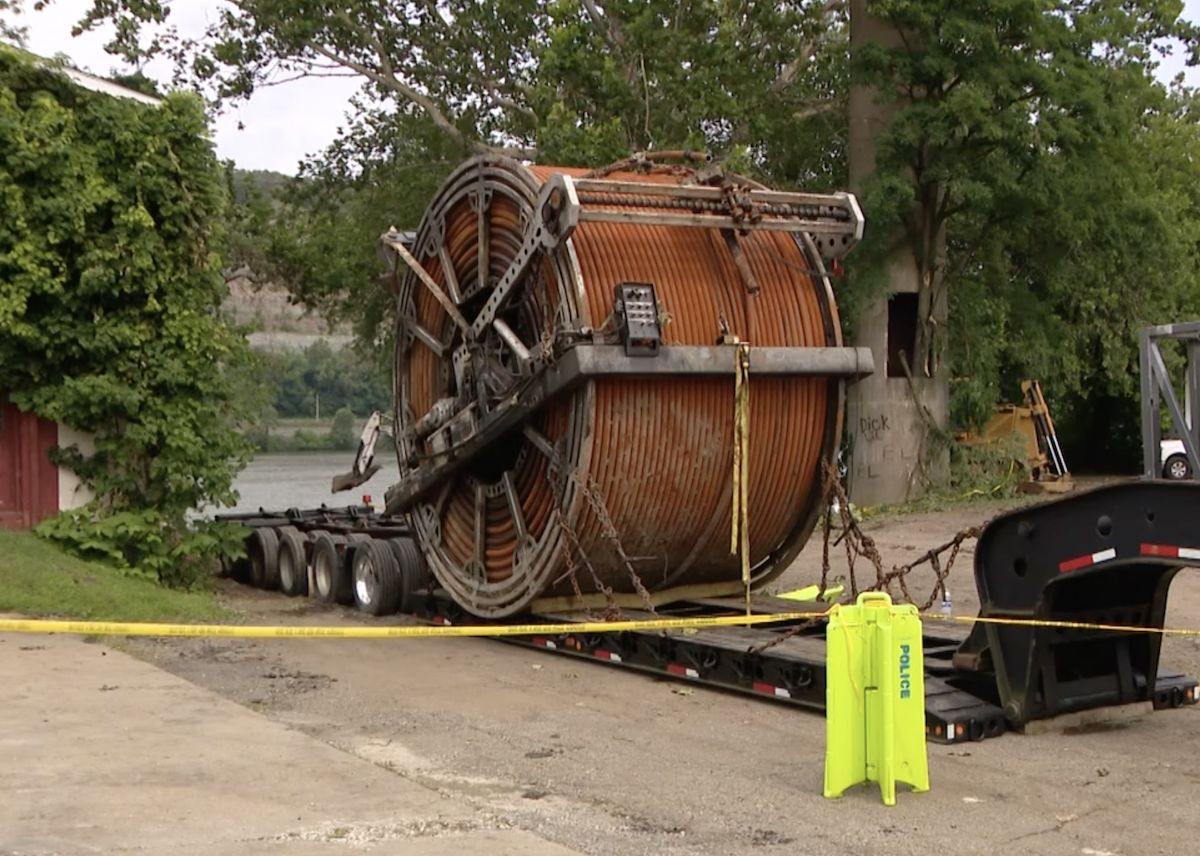Cruise in October will begin testing a rectangular robotaxi equipped with a retractable ramp and ample interior that the autonomous vehicle company says is “the world’s first purpose-built, wheelchair accessible, self-driving vehicle.”
The General Motors-owned company unveiled its Cruise WAV robotaxi Sept. 14 at its San Francisco headquarters with high hopes that the model will expand transportation accessibility for people who use wheelchairs.
A product of three years of design and development, the first iteration of the Cruise WAV includes a ramp that riders will be able to use unassisted from the curb, according to the company. The WAV also features two securement systems: a dock-based system for power wheelchair models and straps to secure manual wheelchairs.
It’s unclear when, exactly, Cruise WAVs will deploy in San Francisco for commercial use as well as how many of these vehicles Cruise will manufacture for its local service. Beyond testing and manufacturing, the company would also need regulatory approval to deploy its WAV taxis in the city.
“Sign me up!” was Michele Lee’s reaction when she heard about our goal to develop an accessible, self-driving vehicle.
Now, she’s leading the work that will bring the Cruise wheelchair accessible vehicle to the world.
Hear her story and learn more: https://t.co/4JtXKN4wElpic.twitter.com/GLthWh97dn
— cruise (@Cruise) September 14, 2023
But Michele Lee, Cruise’s senior public affairs manager for accessibility, said the WAV robotaxi’s unveiling marks a significant milestone for a disability community that often struggles with a dearth of convenient mobility options that others can take for granted.
“I’ve been using a wheelchair for 20 years. This is a big deal to me, but also to the almost 6 million people who use wheelchairs in our country,” Lee told the Chronicle.
When Cruise begins closed-circuit testing in Concord in October, the company will look to refine its ramp deployment under real-life conditions and seat-belt design, as well as study how its securement systems work with various kinds of wheelchairs.
“We’re trying to make things more accessible and empower folks to use our services independently,” Lee said.
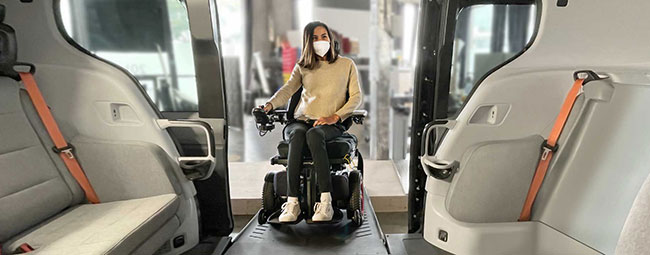
Michele Lee, Cruise’s senior public affairs manager for accessibility, says, “We’re trying to make things more accessible and empower folks to use our services independently.” (Cruise)
The announcement of the Cruise WAV comes a month after California regulators approved the unrestricted commercial expansion of Cruise and Waymo robotaxis in San Francisco — and as both companies continue to expand testing in other cities, such as Seattle.
Cruise hasn’t been able to use the full extent of its permitted commercial expansion. The company last month agreed to a request from the Department of Motor Vehicles to reduce its San Francisco fleet by half while the agency investigates crashes involving Cruise taxis that happened days after the California Public Utilities Commission’s approval.
While debate over Cruise’s and Waymo’s readiness to deploy robotaxis without incident intensified in San Francisco in recent weeks, the news of the Cruise WAV carried promise and optimism for people with disabilities.
Though South San Francisco resident Sarah Funes Ozturk is wary of whether the technology is safe, she hopes robotaxis will improve and expand “simply because they can’t discriminate against me.”
Funes Ozturk, who is visually impaired and uses a wheelchair, said it’s difficult to get around on Uber or Lyft because not all ride-hail drivers are willing to transport passengers with wheelchairs. Such an instance happened this week, Funes Ozturk said, as she tried to take a 30-mile trip home to make a physical therapy appointment on time.
“I shouldn’t have to struggle to get around,” Funes Ozturk said. “My money is as green as anyone else’s.”

